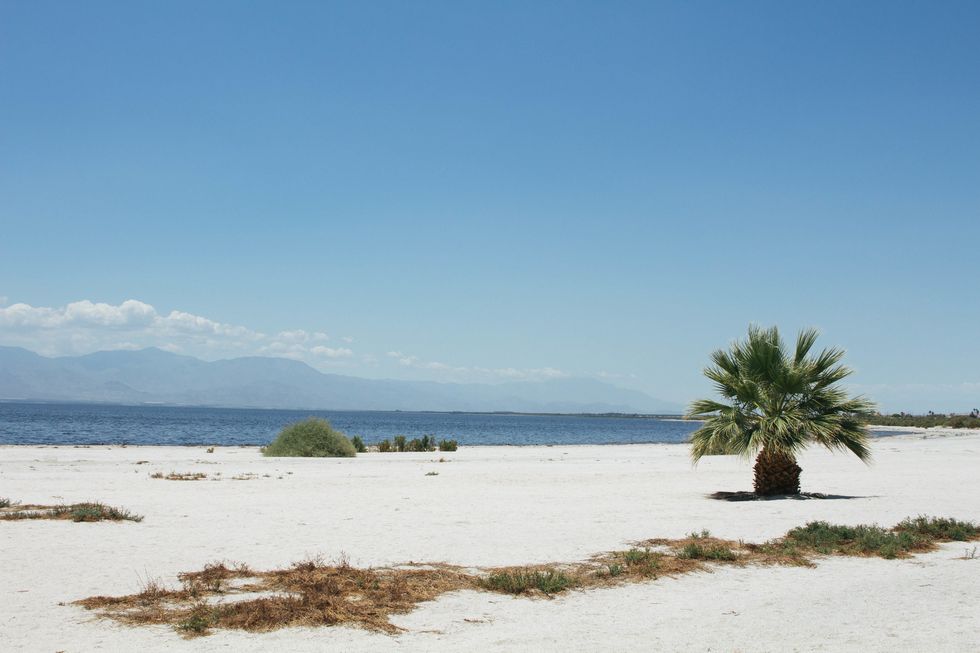Ihave never ever seen the Salton Sea with my own eyes. My experience of the Colorado Desert is limited to one or two road trips to Hand Springs and another to Las Vegas several years ago, however you can’t learn much regarding a place from inside a relocating automobile. How the Salton Sea became, what it was called before Americans got here, or why this body of water births any relevance in all are not concerns I ever pondered, and if you had actually asked me to identify even one indigenous group from the area I couldn’t have actually done so. I’m a native Californian and yet what I learn about my home state is towered over by my ignorance.
The Salton Sea beings in the lowlands of the Colorado River container, some two hundred feet listed below sea level, in the footprint of an ancient body of water referred to as Lake Cahuilla, home to Indigenous peoples such as the Kumeyaay, Cahuilla, Cocopah, and Quechan, that over millennia learned just how to endure durations of flooding and desiccation.At site https://saltonseadoc.com from Our Articles As scholar Traci Brynne Voyles notes in The Inhabitant Sea, the naming of the Salton Sea was itself an approximate act of hubris by an American inhabitant. As Voyles discusses, the Salton Sea is an environmental problem and a research study in mysteries, a marsh in a desert; among California’s last continuing to be water resources for moving birds, as well as a polluted hazardscape; both natural and human-made; an abundant ecosystem and an environmental disaster. If one is seeking a microcosm of the settling of the American West, there may be no better instance than the Salton Sea.
As an act of intersectional scholarship, The Settler Sea is an impressive accomplishment. Voyles is a skilled author with an enviable capacity to develop a story from reams of data, oral histories, demographics rolls, newspaper accounts and various other resources. She collects lots of spools of thread and artfully weaves them so the reader sees the web links in between previous and existing, the many unplanned repercussions of manifest destiny, including the colonization of the Colorado River which sits at the heart of this tale, as well as the social and eco-friendly effects of army bases, company agriculture, tourism, and prisons. The picture that arises by the end of guide is full and complicated, yet additionally troubling when one reviews the reasons behind all the damages wrought to the region.
Consider what occurred in one twenty-four year period, from 1846 to 1870, when the population of Native Californians went from around 150,000 people to about 30,000, an incredible 80 percent decrease. As taken place elsewhere on the continent, Indigenous people were dispossessed of their typical lands, water, language and society, pushed to the margins on unwanted tracts of land, hidden and mind, other than when required as inexpensive labor or recruits for America’s wars. The many dams that were improved the Colorado River – from substantial Hoover Dam in Nevada to the Imperial Diversion Dam on the Arizona-California boundary – for the purpose of creating hydro-electric power or irrigation for farmland, dispossessed Indigenous individuals by inundation. While it’s real that these dams were design wonders, their unintentional consequences materialize today in dry spell, air pollution, agricultural and commercial run-off, and shocking fish and chicken recede.
The Salton Sea and the land and mountains that border it oppose simple representation. Photographs can’t capture the immensity or resolve the plant and bird life that exist alongside the inhabitant detritus that litters the shoreline or is exposed as the water evaporates. It’s a brilliant instance of the difference between exploitation and stewardship; of taking what’s required while leaving something for the future, as the Native individuals did, and taking everything as white settlers thought was their right. The Settler Sea is a cautionary tale regarding the effects of unchecked capitalism, militarism, dryland irrigation, and white supremacy.
 The Inhabitant Sea: The golden state’s Salton Sea and the Effects of Colonialism by Traci Brynne Voyles |

